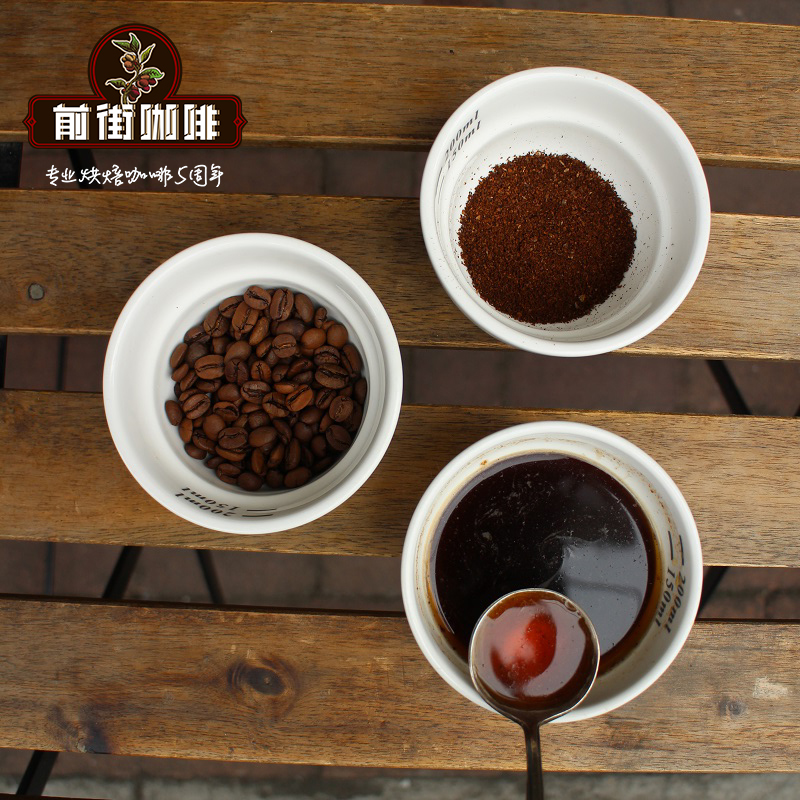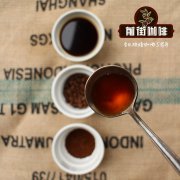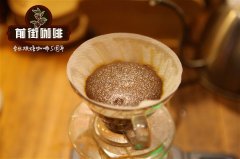Introduction to Apollo Coffee Farm in Panama _ description of Apollo Coffee Flavor in Balu volcanic area

Professional coffee knowledge exchange more coffee bean information please follow the coffee workshop (Wechat official account cafe_style)
Apollo Coffee, the Sun God in the Baru volcanic region of Panama (Panama Volan Baru Series Apollo)
Panamanian Coffee Baru volcanic area (Panama Volan Baru Series Apollo) Apollo Coffee
Coffee was introduced into Panama in 1780, when Europeans introduced the first Typica tree species. After that, this mysterious and strange drink conquered the senses of Panamanians, and the local people began to grow it widely. Grown in the Bogut Boquete region of western Panama. The Baru volcano volcan Bar ú Indian Highlands, which comes from an area known as the Flower Valley and the Eternal Fountain, is one of several coffee farms around the slopes of VolcanBar ú, near the Costa Rican border. With an average elevation of more than 1600 meters, a special microclimate, abundant rainfall, a large temperature difference between morning and evening, and nutritious volcanic soil, it is an excellent environment for coffee cultivation. A small cooperative composed of 50 coffee farmers uses traditional cultivation methods to allow coffee trees to grow in the natural environment. Although the yield is less, it can maintain the natural environment and improve the sustainable operation of the soil. As the growth is slow, it is easier to produce coffee beans with excellent flavor, which brings better income to coffee farmers. Through the delicate harvest time planning, strict washing and fermentation monitoring and natural sun control, the coffee produced here performs well in terms of thickness and acidity. Because of the large amount of shade of trees, it is also home to many wild animal species.
Flavor: sharp and bright acidity, rich multi-layered changes, wine, melon, soft and smooth chocolate aromas.
Coffee was introduced into Panama in 1780, when Europeans introduced the first Typica tree species. After that, this mysterious and strange drink conquered the senses of Panamanians, and the local people began to grow it widely.
Grown in the Bogut Boquete region of western Panama. Bar ú Indian High Estate is one of several coffee farms located around the slopes of Volcan Bar ú near the Costa Rican border. The Baru volcano volcan Bar ú Indian Highlands, which comes from an area known as the Flower Valley and the Eternal Fountain, is one of several coffee farms around the slopes of VolcanBar ú, near the Costa Rican border.
With an average elevation of more than 1600 meters, a special microclimate, abundant rainfall, a large temperature difference between morning and evening, and nutritious volcanic soil, it is an excellent environment for coffee cultivation.
A small cooperative composed of 50 coffee farmers uses traditional cultivation methods to allow coffee trees to grow in the natural environment. Although the yield is less, it can maintain the natural environment and improve the sustainable operation of the soil. As the growth is slow, it is easier to produce coffee beans with excellent flavor, which brings better income to coffee farmers.
The coffee produced here can be made through delicate harvest time planning, rigorous monitoring of washing and fermentation and natural sun control.
It performs very well in terms of thickness and acidity.
It is also home to numerous wildlife species due to the large amount of shade given by the trees. Because of the large amount of shade of trees, it is also home to many wild animal species.
Flavor: sharp and bright acidity, rich multi-layered changes, wine, melon, soft and smooth chocolate aromas.
END
Important Notice :
前街咖啡 FrontStreet Coffee has moved to new addredd:
FrontStreet Coffee Address: 315,Donghua East Road,GuangZhou
Tel:020 38364473
- Prev

Honduras | San Vincent processing Plant in Santa Barbara District, Saakastoumei small Farmer Parainema is rare
Professional coffee knowledge exchange more coffee bean information please follow the coffee workshop (Wechat official account cafe_style) Honduras | Santa Barbara San Vincent processing plant Sacasco plum small farmer Parainema rare variety flavor? A rare variety of Parainema, a small farmer in Sakastu, Honduras. There are 280000 hectares of coffee plantations in Honduras, with small coffee merchants.
- Next

The Salvadoran Choir Farm Cooperative introduces how to drink Salvadoran coffee?
Professional coffee knowledge exchange more coffee bean information please follow Coffee Workshop (Wechat official account cafe_style) Choir producer name: Marcos Martinez treatment: honey treatment Farm name: Association Agricultural producers Co-operative Variety: Pacamara altitude: 1600 MALS Certificate: rainfores Aliance City: Osikara, Morasang Farm size: 21 cm
Related
- Detailed explanation of Jadeite planting Land in Panamanian Jadeite Manor introduction to the grading system of Jadeite competitive bidding, Red bid, Green bid and Rose Summer
- Story of Coffee planting in Brenka region of Costa Rica Stonehenge Manor anaerobic heavy honey treatment of flavor mouth
- What's on the barrel of Blue Mountain Coffee beans?
- Can American coffee also pull flowers? How to use hot American style to pull out a good-looking pattern?
- Can you make a cold extract with coffee beans? What is the right proportion for cold-extracted coffee formula?
- Indonesian PWN Gold Mandrine Coffee Origin Features Flavor How to Chong? Mandolin coffee is American.
- A brief introduction to the flavor characteristics of Brazilian yellow bourbon coffee beans
- What is the effect of different water quality on the flavor of cold-extracted coffee? What kind of water is best for brewing coffee?
- Why do you think of Rose Summer whenever you mention Panamanian coffee?
- Introduction to the characteristics of authentic blue mountain coffee bean producing areas? What is the CIB Coffee Authority in Jamaica?

